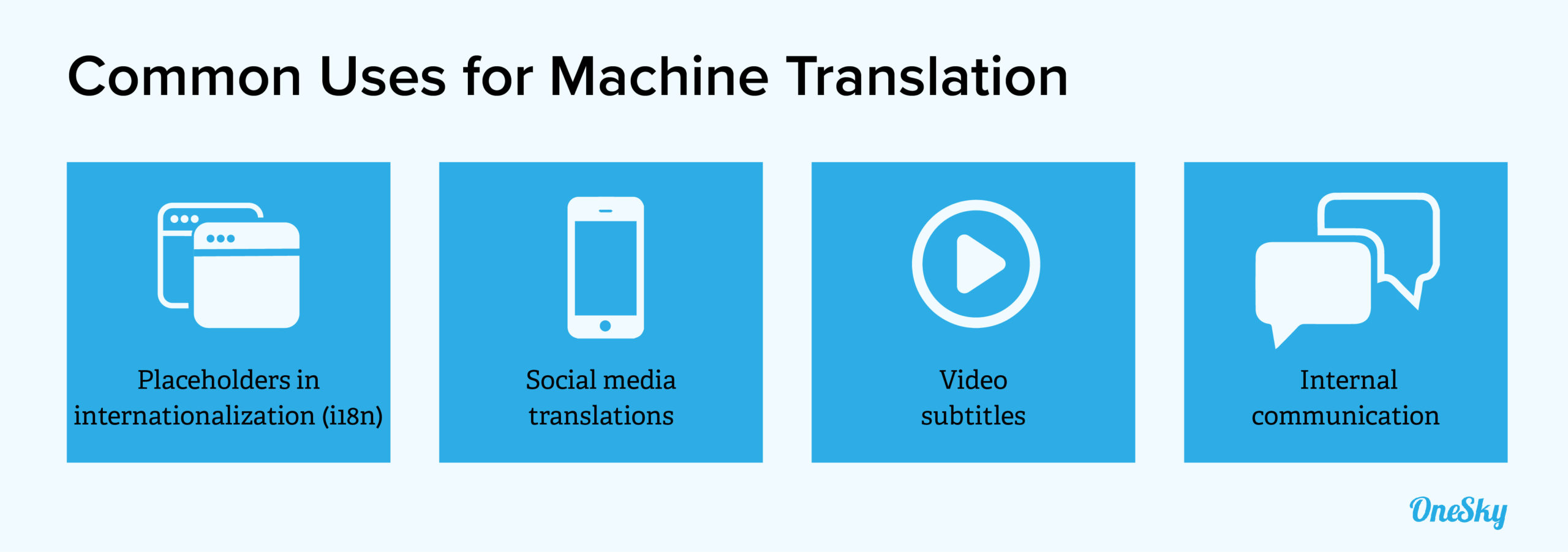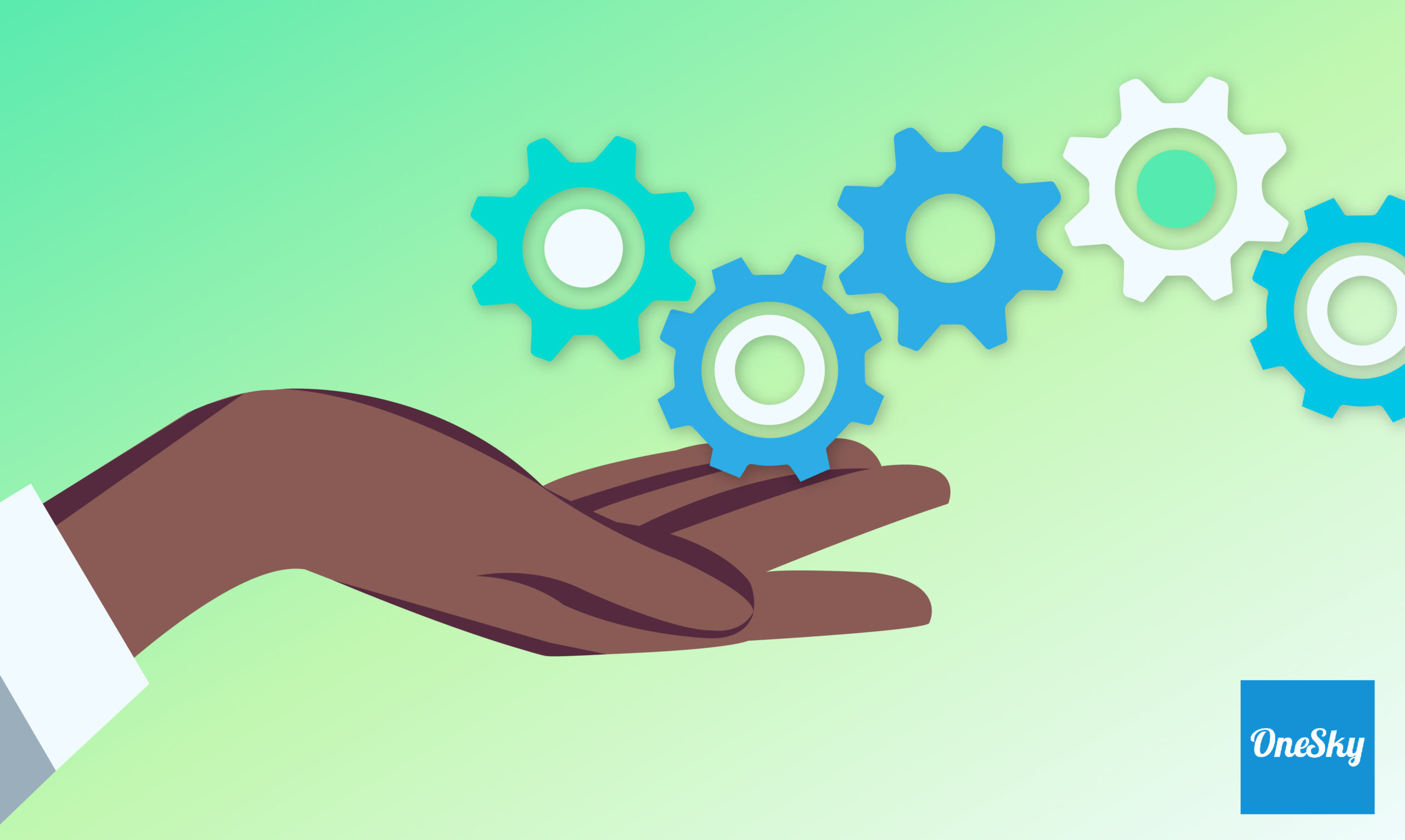Why Authentic Translation Still Requires the Human Touch
Software has become much, much better at interpreting language over the past decade.
Siri and Alexa are gleaming examples of the progress that has been made. Voice assistants with these capabilities were the stuff of science fiction just a few years ago.
It would be natural to assume that similar technology could be applied to translation. In some senses, this has been happening for some time.
But just as the voice in your phone can’t yet replace a personal assistant, machine translation (MT) has a way to go.
Here’s a look at the state of machine translation — and why your business probably still needs authentic human translation.
A Brief History of Machine Translation
The idea of using a computer to translate from one language to another has been around for longer than you might think. However, the process of developing this technology has also been an epic journey.
The Early Days
The first proposal for machine translation was made in 1947 from the American mathematician, Warren Weaver, to his cyberneticist friend, Norbert Wiener.
Weaver had worked on cryptography in WWII. He wondered whether it would be possible to use technology, not only to decrypt Russian documents, but also to translate them.

He didn’t have to wait long for an answer. By 1954, a team of researchers from Georgetown University in Washington D.C. gave a public demonstration of a working system. In 1964, teams from around the world assembled for the first MT international convention.
In the following 20 years, research continued but progress stagnated. It was only in 1991 that the first commercial machine translation system was released by Kharkov State University, Ukraine.
Recent Times
It was the introduction of the web that really changed machine learning for the better. With millions of people uploading content and searching online every day, researchers had vast amounts of data for training algorithms.
A couple of automated systems launched online in the late 1990s. By 1997, AltaVista Babel Fish was racking up half a million requests every day. Exactly ten years later, an open-source statistical MT engine named MOSES was launched.
Then Google arrived. By 2012, Google Translate was processing enough text to fill one million books every day. And more recently, Neural Machine Translation has improved the quality of MT immeasurably.
That brings us to the present.
The State of Machine Translation Today
The past decade can be viewed as a great leap forward for machine translation. In part, this is through the emergence of two separate types of MT technology:
- Statistical MT – This form of machine translation relies entirely on data created by humans. By analyzing billions of examples, programs are able to recognize patterns in the translation from one language to another. It’s very simple, but fairly effective.
- Neural MT – Taken from the realms of artificial intelligence, neural MT tools are designed to learn languages just like a human child would. Over time, this allows the program to “understand” content rather than simply looking for statistical patterns. The results are usually better as a consequence.
Although you will still find statistical MT models in use, superior neural MT tools are rapidly taking over.
What Is Machine Translation Used for?
Machine translation can theoretically be used for any task that involves two languages. But in the real world, you are most likely to see this technology at work online and in the hands of software developers.
Sites like Instagram and Facebook utilize cutting-edge machine translation to help people around the world to interact through written posts and comments.
In terms of software development, machine translation is often used to provide placeholder text during internationalization (i18n) and localization (l10n).
These processes are about making your app ready to handle one or more new languages. By inserting machine-translated content, it’s easy to see if different scripts and characters will affect the user interface.
In other contexts, MT is most useful for translating vast amounts of content that won’t be published publicly.

Strengths of Machine Translation
Perhaps the primary strength of machine translation is speed. Whether we are talking about statistical or neural models — any MT tool will wipe the floor with a human in terms of turnaround time.
Even if you want to translate every volume of the Encyclopedia Britannica into a different language, you can get it done in seconds with machine translation.
Because machine translation is entirely automated, it is also relatively affordable in comparison with professional human translation.
If you need to translate millions of sentences every day, MT may be your only option.
Weaknesses of Machine Translation
While machine translation can be really useful, the technology also has limitations.
Quality is the biggest weakness of machine translation. No tool currently available can match the quality of translation provided by a professional human.
While neural networks are a massive step up on simple statistical models, they still cannot match the experience of an adult mind. This might change in the future, but not for a while yet.
The quality of machine translation also depends on complexity. Simple content is usually translated accurately, but meandering sentences and technical terms are often misinterpreted by the models.
For this reason, some businesses choose to pair machine translation with human oversight. It’s also possible to train your translation model so that it adapts to the vocabulary of your industry or business.
Even then, you’re likely to see better results from a professional translator.

Why We Still Need Authentic Human Translation
Aside from the inherent weaknesses of machine translation, there are other reasons why you should probably choose professional translation.
1) Understanding the Sense of Every Sentence
When we write, we don’t always specify exactly what we mean.
This might sound counterintuitive, but it’s easy to see with a couple of examples:
- “I have asked you a million times. Where do you want to go?”
- “Our house is a sauna in these temperatures.”
The author of these sentences had not asked one million times, and their house was not anything like a real sauna. But any adult human can instantly pick up the true meaning; most MT tools would not.
2) Picking Up On Culture
Language is closely linked with culture. The same sentence spoken in two different languages will often be perceived very differently by native speakers.
In some cases, even words in the same language will be received differently, depending on the location of the reader. For instance, the way English is written in India varies considerably from written English in the United States.
In addition, culture often includes cultural references. A human can understand these connections; as yet, software cannot.
3) Recreating Style and Tone
Most of the time, humans are able to figure out what is a factual statement and what is ironic or sarcastic. We are also able to sense the underlying tone of written content, and take note of the writing style.
All these factors can affect the exact choice of replacement words during translation. Even the most advanced MT tool completely misses these subtleties.

Machine Translation vs. Human Translation: The Perfect Mix
It would be arrogant to think that machine translation won’t become the best possible tool in the future. With the current rate of progress, that day may come sooner than expected.
But for now, machine translation and human translation both have a place within a wider localization strategy. One is for bulk translations at speed, the other is for quality and accuracy.
Perhaps that is why the most popular form of translation today is a mixture of human and machine. Computer-assisted translation, or CAT, is where a professional translator oversees a machine translation tool. This reduces the turnaround time, while maintaining quality.
At OneSky, we give businesses access to machine translation and professional translation with CAT. This allows you to develop prototypes quickly, and then to fill your website, app, or game with a perfect translation.
All this happens within an end-to-end localization platform, allowing you to track the progress of your translations and access on-device testing.
You can learn more about the process by downloading our free ebook, The Essential Guide to App Localization — and sign up free today to get started.



 Written by -
Written by - 




 Written by
Written by 


